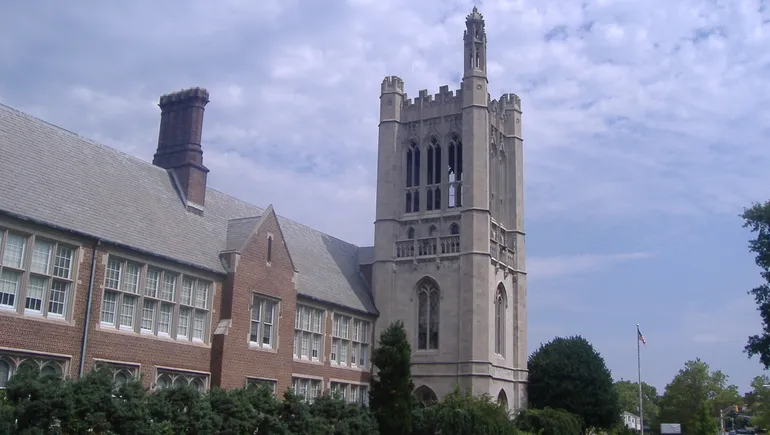Colleges can help address students’ unhealthy drinking habits through individual education programs or campuswide changes.
Little Crush Film/iStock/Getty Images
During the 2022–23 academic year, the most popular drinking trend on college campuses was borgs, or blackout rage gallons, as they were nicknamed by students. The recipe included around 25 ounces of alcohol, mixed with about half a gallon of water and some kind of flavor packet to sweeten the taste, making it a portable way to consume large amounts of alcohol.
College students popularizing extreme alcohol consumption is not a new trend, but one that health and substance use–prevention advocates hope to curb.
In supporting students’ holistic health and well-being, institutions can play a role in encouraging individual and environmental wellness.
By the numbers: Nationally, young adults are drinking less compared to decades prior, with 62 percent of adults under age 35 reporting drinking on occasion and 61 percent drinking within the past week, according to research by Gallup.
Around 45 percent of male and 48 percent of female full-time college students ages 18 to 22 drank alcohol in the past month; 29 percent of male and 28 percent of female full-time college students engaged in binge drinking during the past month, according to the 2023 National Survey on Drug Use and Health.
Researchers at the National Institute on Alcohol Abuse and Alcoholism (NIAAA) found around 696,000 students between the ages of 18 and 24 are assaulted every year by another student who has been drinking, and 1,500 students (ages 18 to 24) die from alcohol-related unintentional injuries, including motor vehicle crashes.
Two-year students are less likely to drink alcohol compared to their four-year peers but are more likely to use methamphetamines, cocaine or marijuana and report problematic substance use.
Student education: Helping students understand how alcohol can impact their physical health and providing them with tools to make wise decisions can help. Online or digital tools can give students accessible and self-paced education on alcohol use.
This year, the University of Hawaiʻi at Mānoa students have access to AlcoholEdu, an online program that educates them about alcohol use, misuse and consequences. Internal surveys showed students had a higher perception of their peers’ drinking habits than was actually true, which can influence students’ alcohol consumption.
At Ohio University, all first- and third-year undergraduate students participate in health and safety trainings on alcohol education and sexual assault prevention, part of the institution’s harm-reduction strategy, according to a university press release.
The University of Michigan developed an app, Stay in the Blue, which helps students gauge their alcohol consumption and reduce dangerous behaviors.
Changing culture: In addition to helping students understand healthy alcohol-consumption habits, colleges and universities can impact change in student wellness by implementing environmental-level strategies, according to the College Alcohol Intervention Matrix (CollegeAIM) by NIAAA.
These strategies could include:
- Establishing an alcohol-free campus
- Implementing a campuswide social norms campaign
- Restricting alcohol sponsorship or advertising
- Restricting happy hour pricing or promotions
- Creating amnesty policies
- Implementing safe-ride programs
- Educating students on bystander interventions
- Prohibiting alcohol use or service at campus social events
Reducing alcohol availability is one of the most effective ways to decrease students’ alcohol use and related problems, according to CollegeAIM.
Manor College in Pennsylvania received $47,000 from the Pennsylvania Liquor Control Board to fund programs focused on discouraging and reducing underage and dangerous drinking. With the grant dollars, the college plans to hire a community assistant in the residence halls to provide alcohol prevention education and late-night hall monitoring, as well as fund student programming for events on campus, among other initiatives.
Supporting recovery: With the prevalence of alcohol consumption and abuse on college campuses, some students may need additional resources to recover from alcohol abuse.
Florida State University’s LIFT (Living Intentionally, Finding Togetherness) program provides support to students in recovery as well as campuswide education around substance use and misuse to provide a culture of care.
The University of New Hampshire received funding to launch an alternative support group in 2023 for students in recovery from substance abuse, creating a peer support network and establishing positive role models for learners.
Does your college or university have an effective program to support students in recovery? Tell us about it.





















Discussion about this post